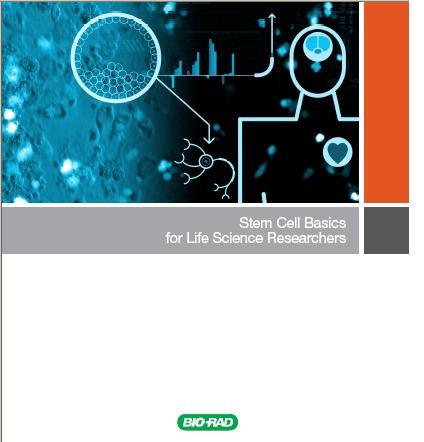Archive for the ‘news’ Category
Science Cheerleaders Promote Evolutionary Microbiology
:: Posted by American Biotechnologist on 11-24-2014Bio-Rad Commercial Wins Telly Award
:: Posted by American Biotechnologist on 06-17-2014Bio-Rad Laboratories received a Silver Telly Award, the highest honor, in the category Branded Content, Commercials, for its commercial “Bio-Rad iScript Supermix vs. Brand X”. The 35th Annual Telly Awards were announced today. Bio-Rad’s winning commercial compared its iScript™ Reverse Transcription Supermix for RT-qPCR to a product from a leading competitor. This year there were nearly 12,000 entries for Telly Awards from all 50 states and numerous countries. This is the second Silver Telly Award Bio-Rad has won in two years.
The “Bio-Rad iScript Supermix vs. Brand X” commercial was inspired by the many infomercials shown throughout the day and night on TV. Bio-Rad wanted to do something out of the ordinary that would capture the audience’s attention and differentiate its iScript Supermix product line from that of a leading competitor.
“Winning the Silver Telly Award made it clear that our infomercial resonated with viewers,” said Paul Streng, Bio-Rad senior product manager, Gene Expression Division, Life Science Group. “We wanted to do something different that would highlight the benefits of our product in a way in which people could relate. We had a lot of fun with the video. It’s rewarding to get this recognition.”
“The Telly Awards has a mission to honor the very best in film and video,” said Linda Day, executive director of the Telly Awards. “Bio-Rad’s accomplishment illustrates their creativity, skill, and dedication to their craft and serves as a testament to great film and video production.”
The Telly Awards was founded in 1978 and honors outstanding local, regional, and cable TV commercials and programs, the finest video and film productions, and notable online commercials, video, and films. Winners represent the best work of advertising agencies, production companies, television stations, cable operators, and corporate video departments around the world.
The product featured in the video, Bio-Rad’s iScript Reverse Transcription Supermix for RT-qPCR, is a simple and sensitive first-strand cDNA synthesis kit for gene expression analysis. The supermix reduces chances of error with a one-tube setup and cuts bench time in half.
To learn more about the Telly Awards, visit www.tellyawards.com.
To view Bio-Rad’s winning video, visit http://bit.ly/iScriptCommercial.
New NIH Resubmission Rule Great for Young Investigators
:: Posted by American Biotechnologist on 04-29-2014According to a new policy released earlier this month, the National Institute of Health (NIH) will now allow unsuccessful applicants to resubmit their application for the next application round without including any new information in the resubmitted grant.
The NIH claimed that due to the funding crisis, many meritorious applications, which would have otherwise been funded, were turned down. According to the old policy, the rejected applications could not be resubmitted in their original form and would have had to be reworked before being resubmitted. The effect of this policy was that applicants would have to add new material in the resubmitted grant, despite the fact that the application was strong to begin with. Furthermore, young investigators, already dejected by the original grant rejection, were more apt to leave their positions rather than having to redo and resubmit their original grant. By allowing scientists to resubmit their original grant without significant changes, the NIH will significantly increase the number of meritorious applications in subsequent rounds.
Until October 2008, the NIH did not have resubmission rules governing the grant application process. In a sweeping change in 2008, the NIH placed restrictions on the type of content applicants were allowed to resubmit and instituted a two strike rule that meant that the applicant needed to substantially re-design the project rather than simply change the application in response to previous reviews. The new policy reverses that ruling and will hopefully encourage more young investigators to pursue their dreams without the fear of rejection or failure.
















